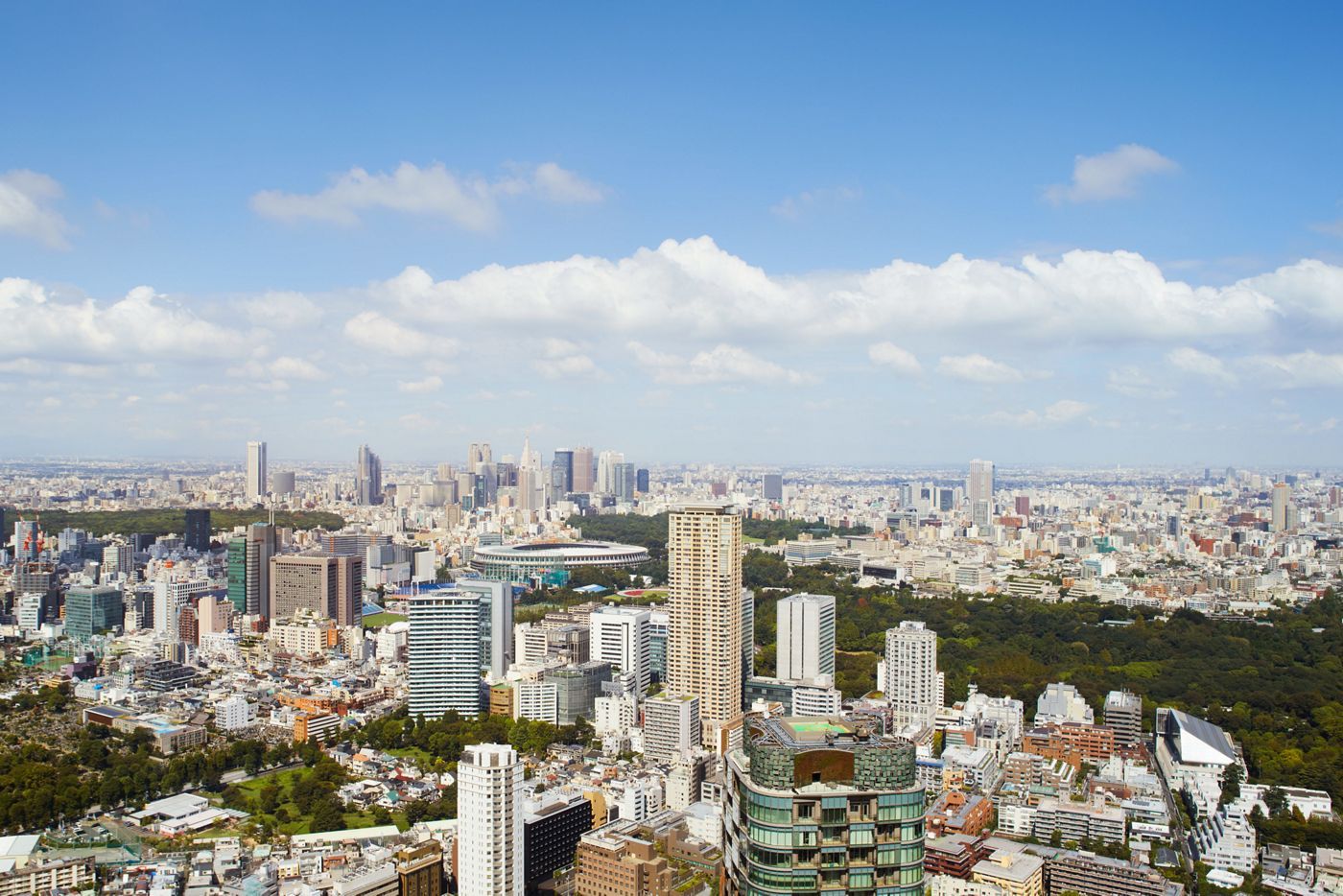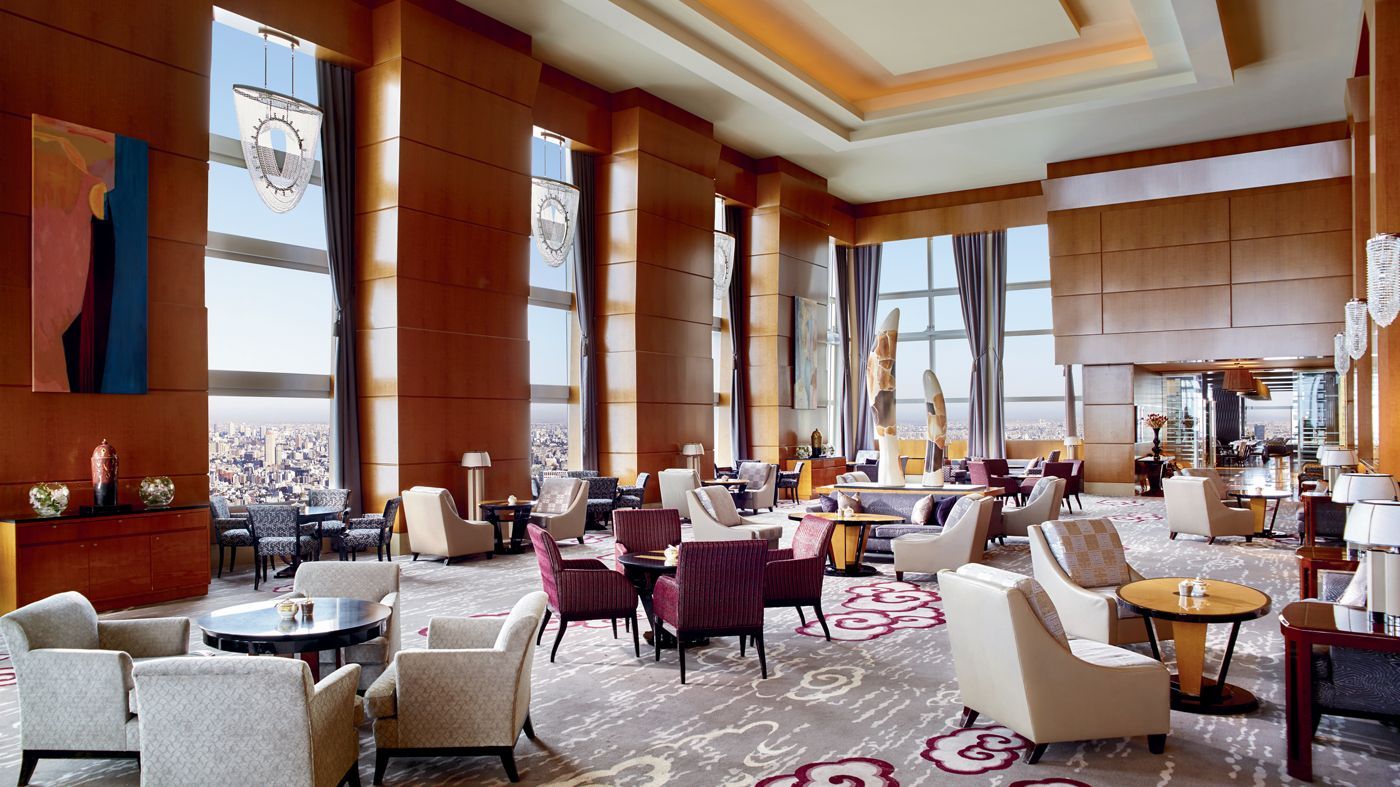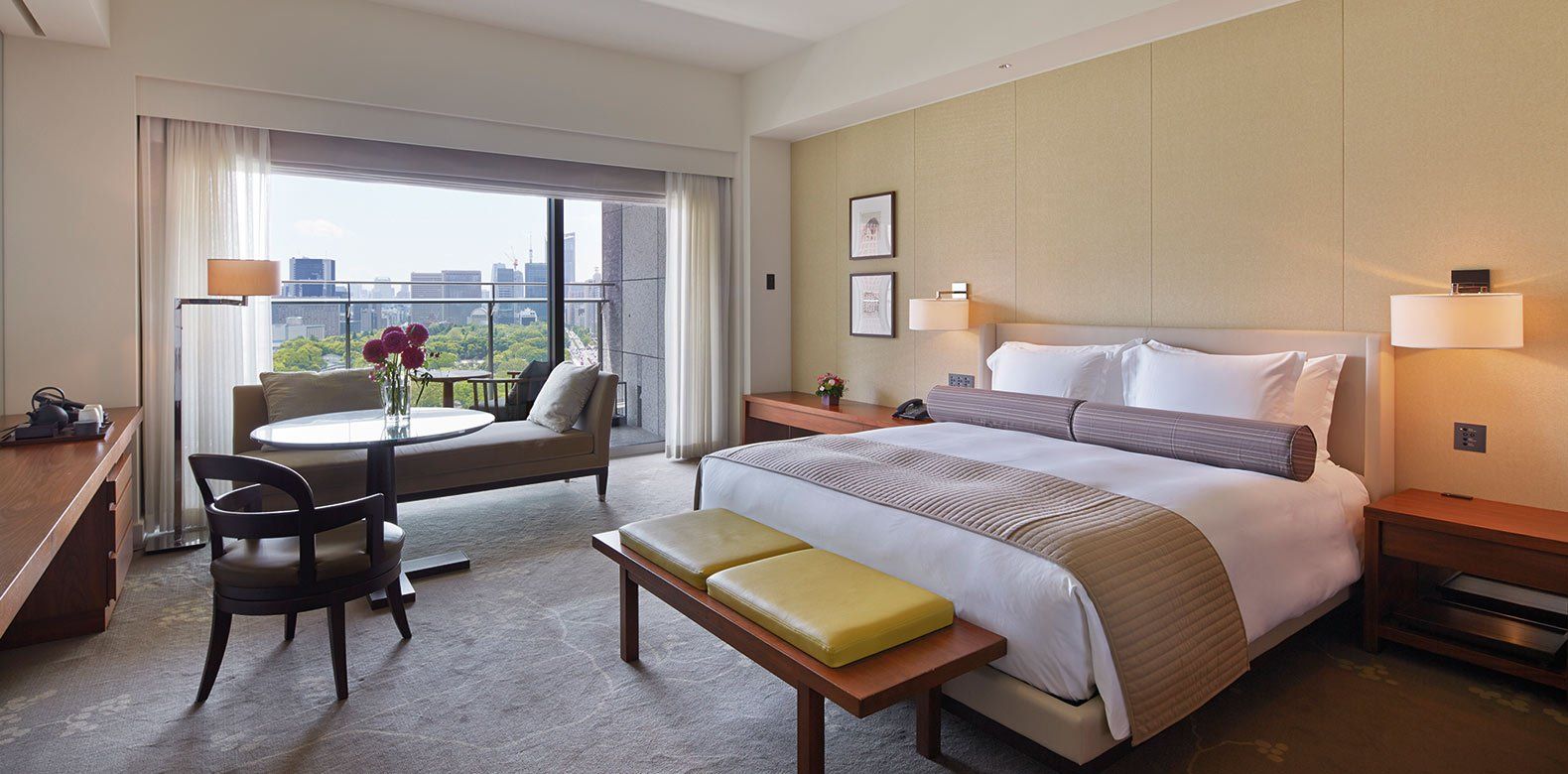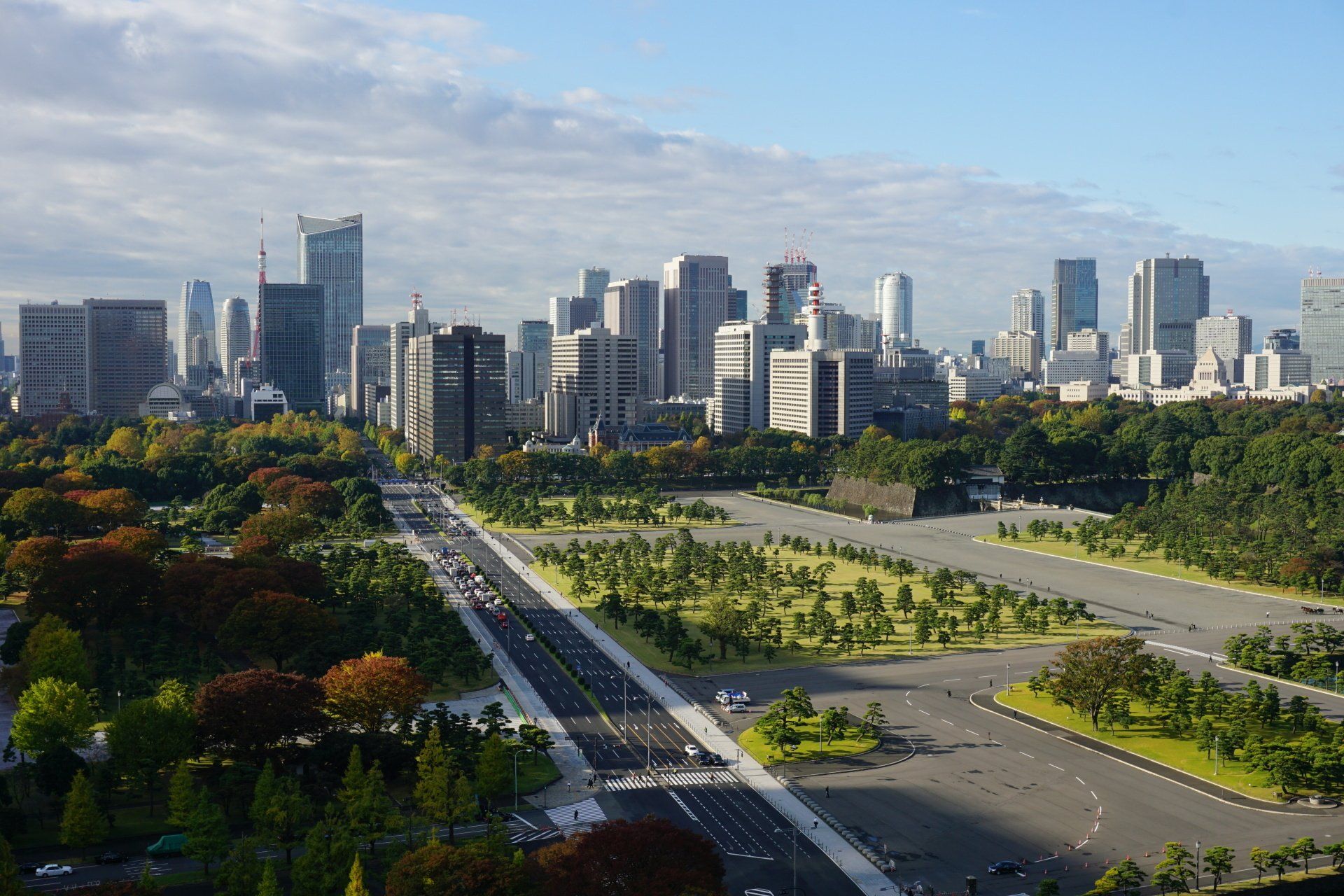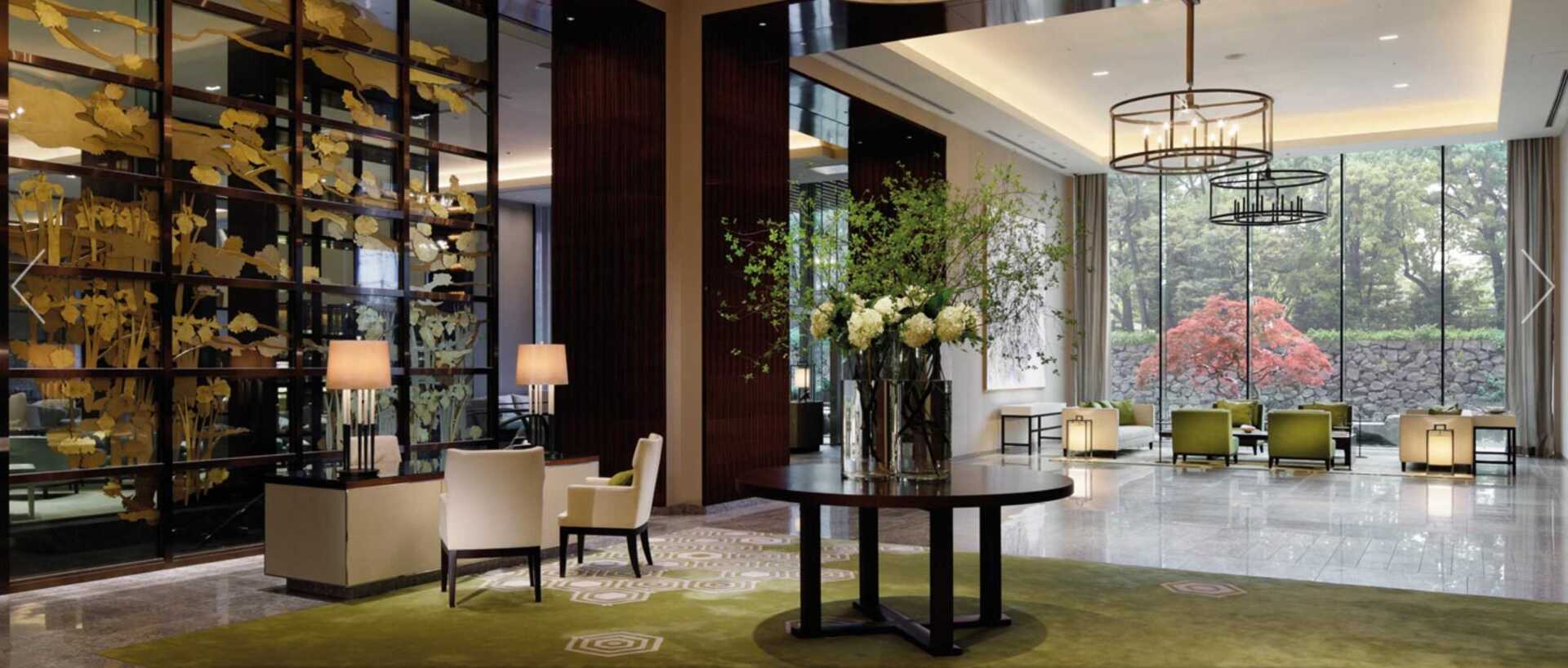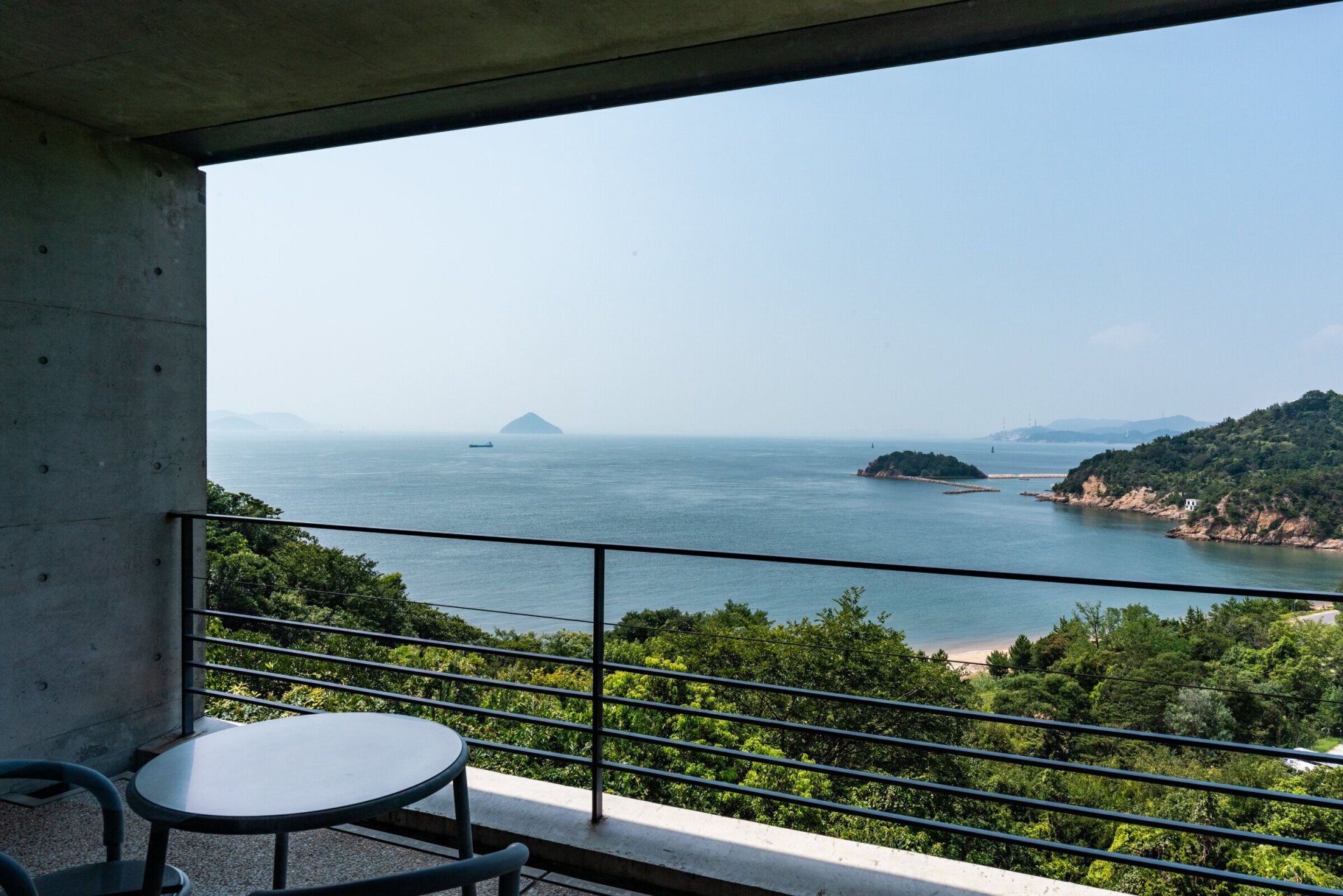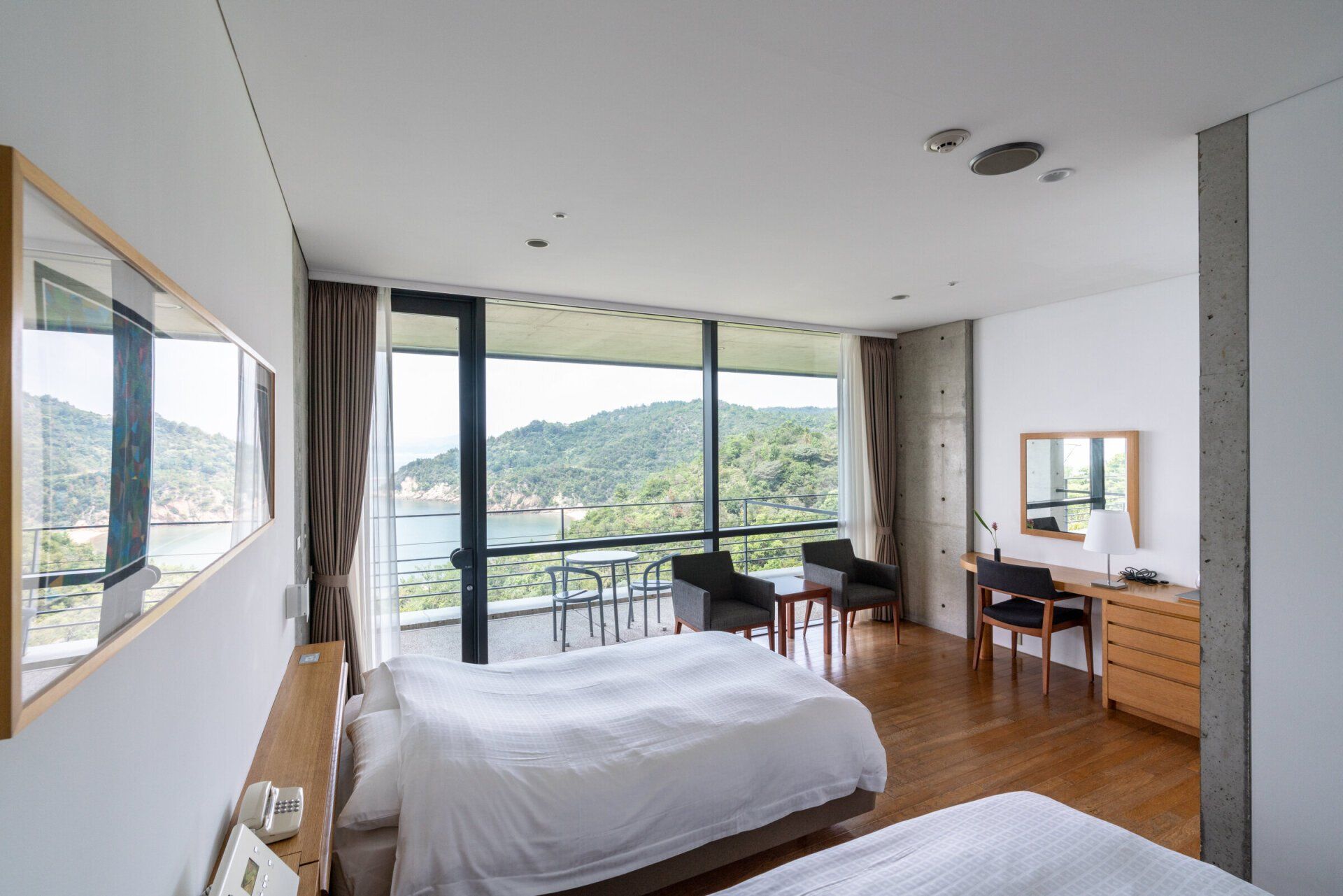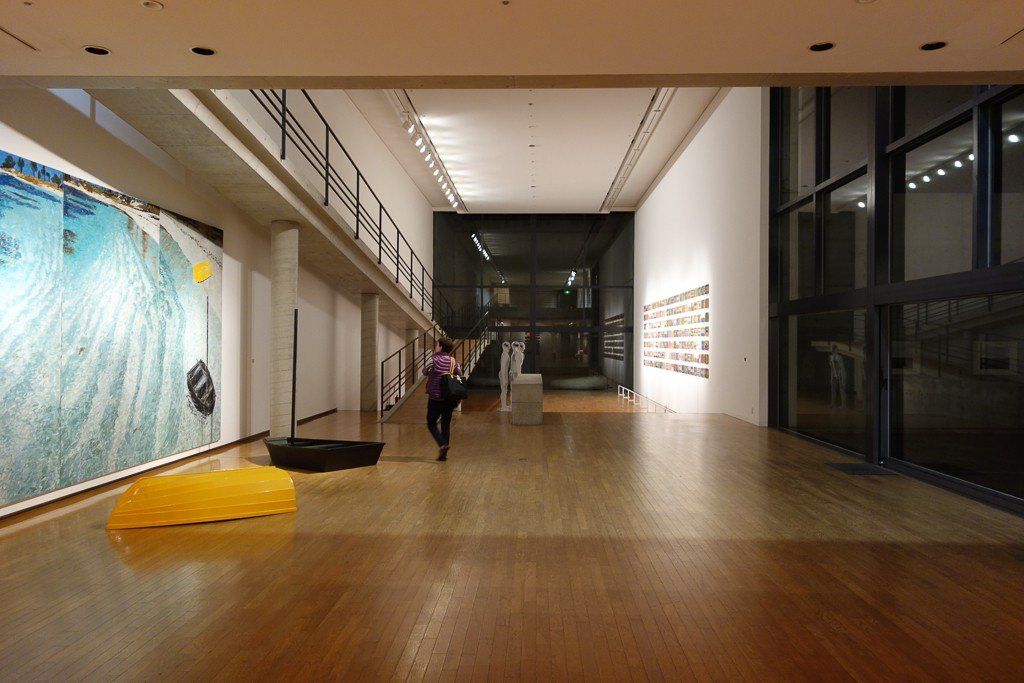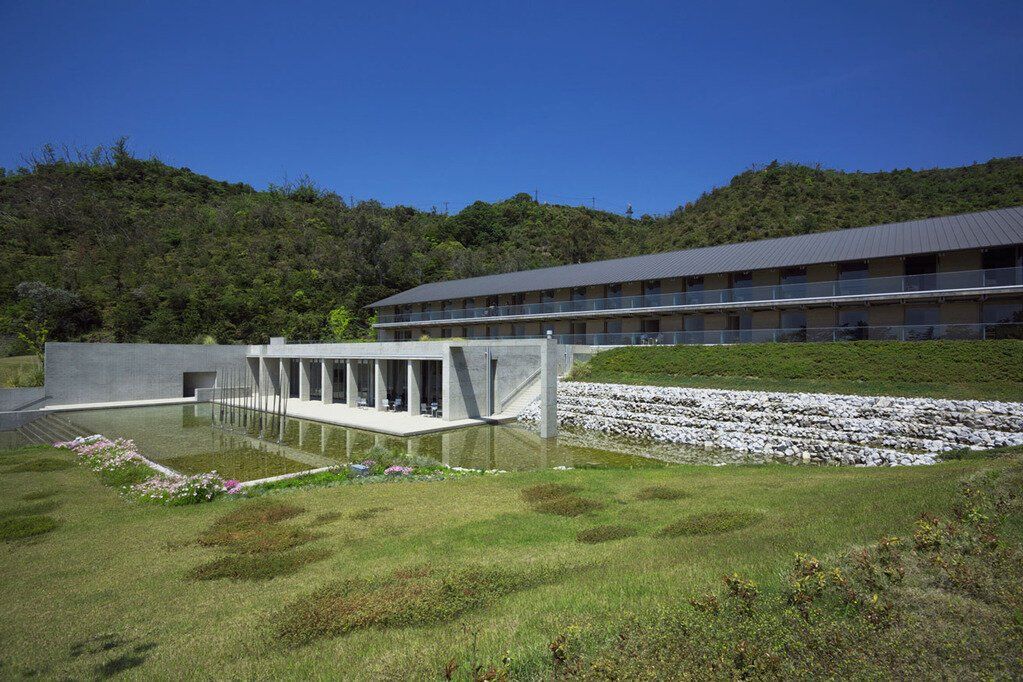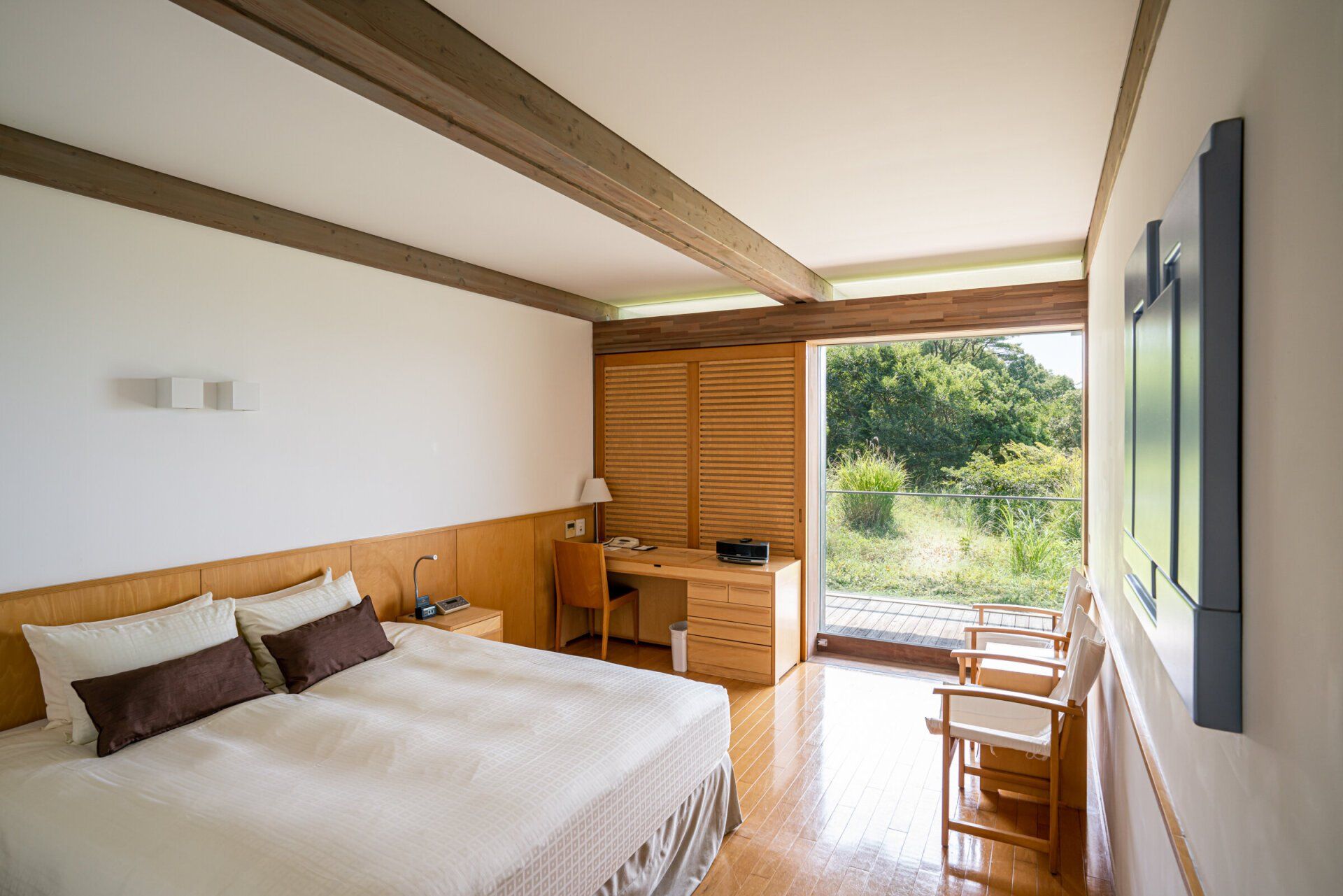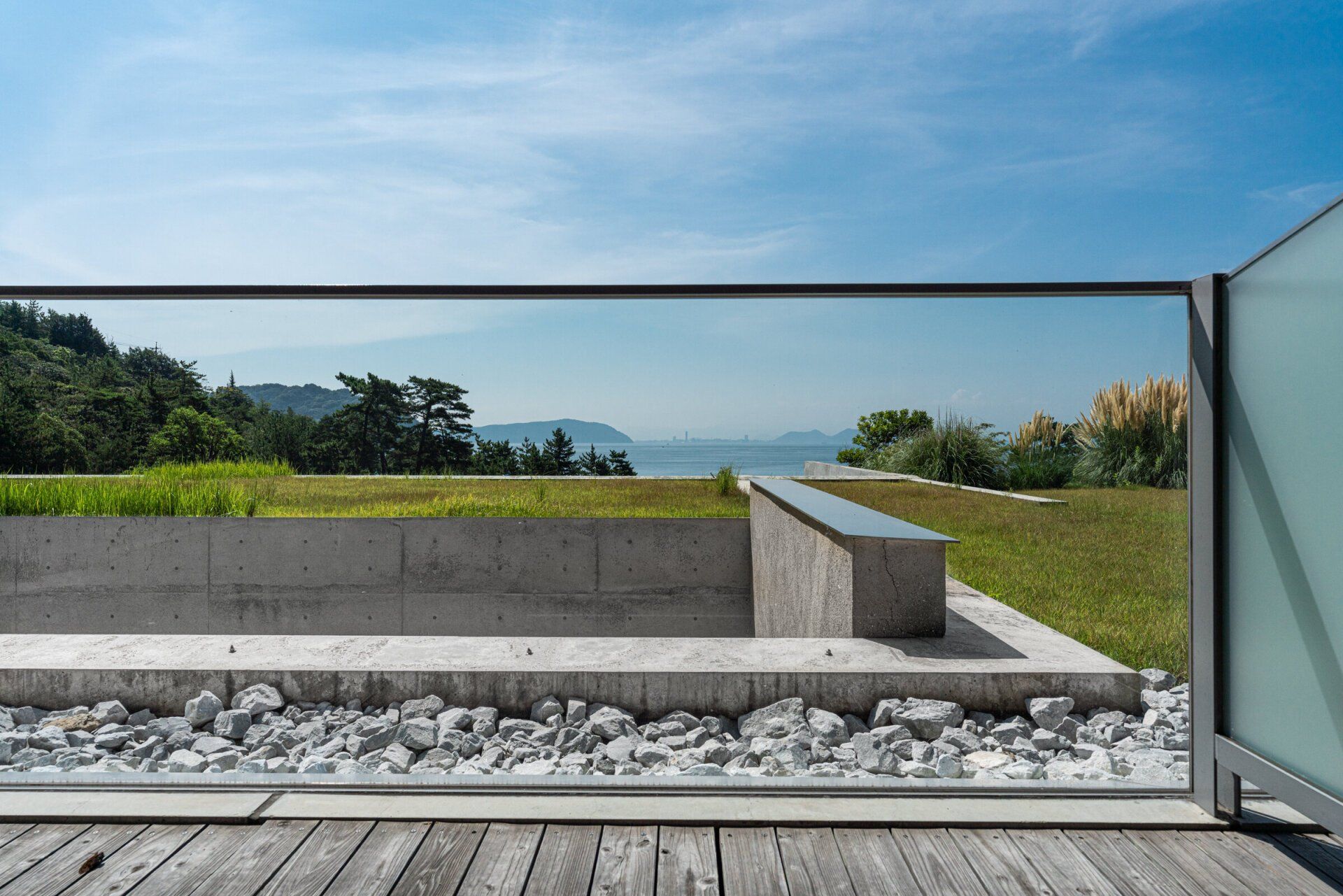Asia Society of Philippines
April 13 - 18, 2023
6 Days, 5 Nights
Tokyo, Naoshima Island
Custom Escorted Group Tour
HIGHLIGHTS OF CONTEMPORARY JAPAN
This custom tour was created for a party of travelers interested in the exploring the exciting world of contemporary fine arts in Japan, both as enthusiasts and collectors. This special tour starts in Tokyo with its glittering architecture, pulsating energy and exciting world of contemporary art. It also includes travel to the Benesse Art Site – three islands of museums and installation art located in the Inland Sea of Japan. A visit to this continually evolving site is often a highlight for museums, curators, docents and art enthusiasts. In addition to some of the classic Japanese travel experiences, such as ride on the Shinkansen (bullet) train, each step of the way offers special moments with the people who make up the living culture of Japan in all its rich history and vibrant expressions.
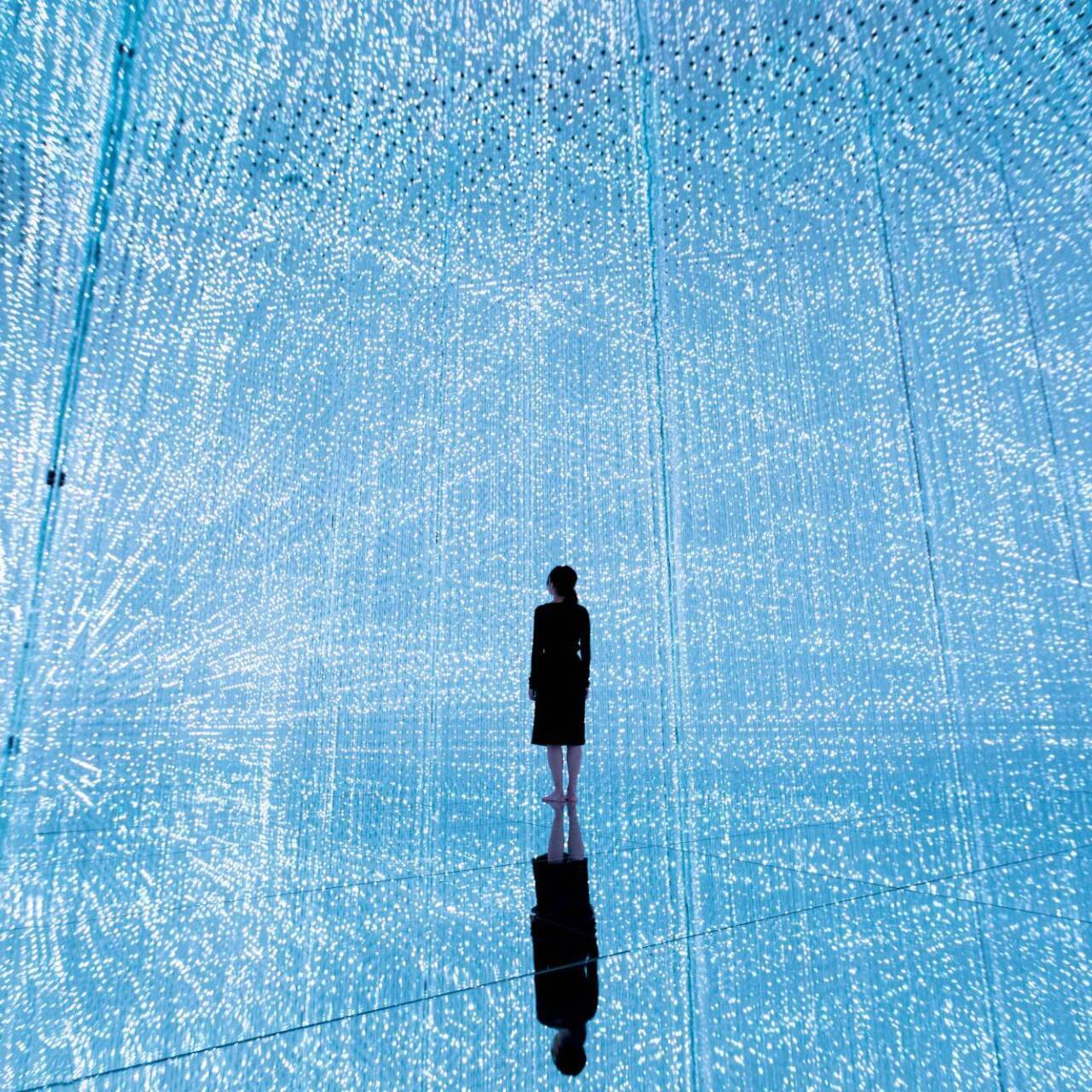
The beginning of all art
Deep in the country—
A rice planting song.
Matsuo Basho (1644-1694)
Tour Highlights
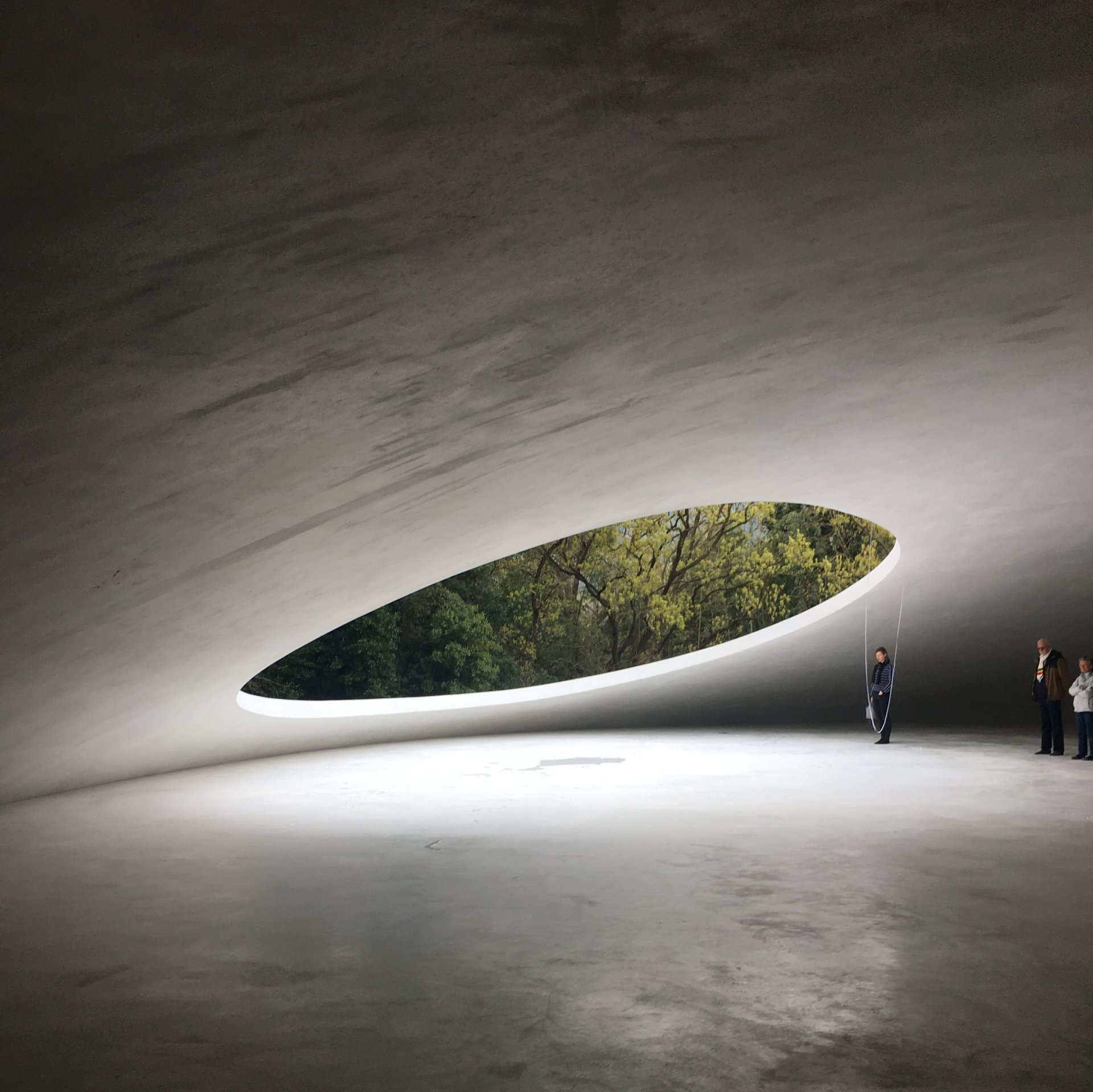
φ Learn about the aesthetic of contemporary Japanese art and its expression as an outgrowth of traditional arts
φ Visit contemporary galleries and museums in exciting Tokyo
φ Spend time in exquisitely maintained gardens
φ Enjoy exclusive access to unique experiences, designed especially for the Asia Society
φ Travel on Japan’s famous Shinkansen bullet train
φ Visit the world-renowned Benesse Art Site's three islands of installation art
Daily Itinerary
Day 1
Thursday, April 13
Arrive Japan
Depart Philippines in individually arranged flights.
Travel by private car transfer to our downtown hotel from either Tokyo Narita or Tokyo Haneda airport arrival.
· The five-star Four Seasons Tokyo at Marunouchi, located in downtown Tokyo near Tokyo Station, the Marunouchi district and within walking distance of Tokyo’s Ginza district, home of famed architecture, shops and cultural venues.
· The five-star Ritz-Carlton Tokyo a soaring high rise hotel with magnificent views, located in the Midtown area and nestled among shopping, museums, restaurants and activities.
· The five-start Palace Tokyo, located in Tokyo’s Hibiya district with stunning views of the Imperial Palace grounds.
· The five-star Four Seasons Otemachi, one of the newest hotels in Tokyo with commanding views of the city and superb service, located in the Nihonbashi district.
The afternoon is at your leisure. The group will convene for an informal meal this evening.
Accommodations: Western-style hotel
Meals included: Dinner
Day 2
Friday, April 14
Tokyo
Today, we will set out to enjoy a private introduction to the Mori Museum, followed by a special luncheon at the International House, headquarters to the Asia Society of Japan where we have invited some of their members to meet. After lunch we will venture across Tokyo to Toyosu to see the new Teamlab exhibition, Planets.
Accommodations: Western-style hotel
Meals: Breakfast, Lunch
Mori Art Museum Introduction
Located in Roppongi Hills, a model for future developments in urban planning, the Mori Art Museum was designed to offer the best in contemporary art and architecture. The Museum opened in October 2003 at the top of the central Mori Tower - a place visible from throughout Tokyo and with sweeping panoramic views from it's Sky View Deck on the 52nd floor. While the museum is closed between exhibitions, we will meet with Mami Kataoka, the director, who will show you their past exhibits and what they’ve done in the past using slides. The location in Japan and East Asia is important and the Mori considers it one of their missions to become a platform for artists from this region. Since opening the Museum has received high critical acclaim for its wide variety of original exhibitions, many of which have been organized around universal themes.
Asia Society
The International House of Japan is a private, non-profit organization incorporated, with support from the Rockefeller Foundation and other private institutions and individuals, in 1952 for the purpose of promoting cultural exchange and intellectual cooperation between the peoples of Japan and those of other countries.
Housed in a handsome structure built in 1955 and enlarged in 1976, it is a working international community engaged directly in a variety of programs that embody the free exchange and interaction of ideas and that strive to foster a climate favorable to international cooperation.
teamlab PLANETS
teamLab Planets is a museum where you walk through water, and a garden where you become one with the flowers. There are four massive exhibition spaces and two gardens. By immersing the entire body with other people in these massive body immersive artworks, the boundary between the body and the artwork dissolves, the boundaries between the self, others, and the world become continuous, and we explore a new relationship without boundaries between ourselves and the world. Enter barefoot, immerse your body with others in the artwork spaces, and become one with the world.
Day 3
Saturday, April 15
Odawara and Naoshima Island
This morning travel via train and coach to Odawara for a visit to the Enoura Observatory, founded by famed artist Sugimoto Hiroshi. The facility was envisioned by contemporary artist Hiroshi Sugimoto as a forum for disseminating art and culture both within Japan and to the world, and comprises a gallery space, a noh stage, the revived Tensho-an tea ceremony room, the restored Muromachi Period (c. 1338-1573) Meigetsu Gate, a strolling garden, and offices.
After a special visit to the Observatory we will travel on via coach, Shinkansen (bullet train) and private ferry to Japan’s premier art site, Benesse House, located on Naoshima Island in the Inland Sea. After arrival on the island we will be checking into the Benesse Museum or Park hotel. These Tadao Ando designed hotels house numerous art pieces in their public spaces. The Museum hotel is located on the hill with panoramic views of the Seto Inland Sea and access to the Benesse Museum all during your stay. The Park hotel is located right along the island’s edge where you can see the lights of Takamatsu glowing over the Inland Seas. Each room has its own installed art for you to enjoy while you are in residence. Our dinner tonight will be at Issen, the restaurant located in the Museum. We will be served a contemporary interpretation of traditional kaiseki (multi-course, exquisitely presented meal) served on an array of artistic functional ware from kilns all over Japan.
Accommodations: Benesse Park Hotel or Benesse Museum Hotel
Meals: Breakfast, Lunch, Dinner
Enoura Observatory
Designed by contemporary artist Hiroshi Sugimoto, Enoura Observatory is a magnificent piece of land art situated among former mandarin orange groves in the coastal area of Enoura in Odawara City. Operated by Sugimoto’s Odawara Art Foundation, the Observatory features a gallery, tea house, outdoor stages and gardens. It was conceived as a site to encourage reflection on the origins of art in human history as well as a venue to promote art and culture nationally and internationally.
Benesse Art Site
A Journey to Islands Alive with Art...
One day, a giant pumpkin appeared on the island pier.
The pier, once an unassuming sight that could be found anywhere,
was reborn as a sight so unique that it could be found nowhere else.
People began to visit from distant cities and even distant countries.
The island transformed itself into something new...
Here, a story featuring art and island was born—a story to be found nowhere else in the world.
How does the story unfold? Visit, and see for yourself.
Benesse Art Museum
Benesse House Museum opened in 1992 as a facility integrating a museum with a hotel, based on the concept of "coexistence of nature, art and architecture." Designed by Tadao Ando, the facility is built on high ground overlooking the Seto Inland Sea and features large apertures that serve to open up the interior to the splendid natural surroundings. In addition to exhibiting the painting, sculpture, photography, and installations in its collection, the Museum also contains permanent site-specific installations that artists have created especially for the building, selecting locations on their own and designing the works for those spaces. The Museum's artworks are found not just within its galleries, but in all parts of the building, as well as in scattered locations along the seashore that borders the complex and in the nearby forest. Benesse House Museum is truly a rare site where nature, art, and architecture come together, in an environment containing numerous site-specific works created for the natural environs of Naoshima or inspired by the architectural spaces they inhabit.
Day 4
Sunday, April 16
Naoshima Island
Today we will take time to leisurely explore some of the installations and museums of the Benesse Art Site.
* Chichu Museum
* Lee Ufan Museum
* Art House Projects
We'll end our exploration of Naoshima Island with a private viewing of James Turrell's Open Sky Night program. Dinner afterwards will be at the Terrace restaurant, serving continental cuisine with Japanese flair.
Accommodations: Benesse Park Hotel or Benesse Museum Hotel
Meals: Breakfast, Lunch, Dinner
Chichu Art Museum
Chichu Art Museum was constructed in 2004 as a site rethinking the relationship between nature and people. The museum was built mostly underground to avoid affecting the beautiful natural scenery of the Seto Inland sea. Artworks by Claude Monet, James Turrell, and Walter De Maria are on permanent display in this building designed by Tadao Ando. Despite being primarily subterranean, the museum lets in an abundance of natural light that changes the appearance of the artworks and the ambience of the space itself with the passage of time, throughout the day and all along the four seasons of the year.
Taking form as the artists and architect bounced ideas off each other, the museum in its entirety can be seen as a very large site-specific artwork.
Lee Ufan Museum
A museum resulting from the collaboration between internationally acclaimed artist Lee Ufan, presently based mainly in Europe, and architect Tadao Ando.
The Ando-designed semi-underground structure houses paintings and sculptures by Lee spanning a period from the 1970s to the present day. Lee's works resonate with Ando's architecture, giving visitors an impression of both stillness and dynamism. Located in a gentle valley surrounded by hills and the ocean, the museum offers a tranquil space where nature, architecture and art come in resonance with each other, inviting to peaceful and quiet contemplation, in a society overflowing with material goods.
Art House Project
The Art House Project is an art project underway in Naoshima's Honmura district. It began in 1998 with Kadoya, and currently comprises seven locations: Kadoya, Minamidera, Kinza, Go'o Shrine, Ishibashi, Gokaisho, and Haisha. In this project, artists take empty houses scattered about residential areas and turn the spaces themselves into works of art, weaving in history and memories of the period when the buildings were lived in and used. Going from one of the houses to another, visitors pass through the Honmura district, where everyday life unfolds around them, in the process not only engaging with works of art but also sensing the layers of time and history interwoven in the community and the fabric of local people's lives. A notable feature of the Art House Project is that because viewing it means traversing a zone of daily life, it acts as a catalyst for interaction between visitors and local residents, giving rise to many a memorable episode. A truly organic project that changes day-to-day, it has evolved to present a new model of community, characterized by positive interaction between urban and rural, young and old, residents, and visitors.
James Turrell's Open Sky Night Program
James Turrell's Open Sky installation at the Chichu Museum can be viewed at any time during museum open hours , but you can also enjoy the serenity of a special 45-minute sunset viewing (Night Program). We have arranged a private viewing for your party after museum closing hours.
Day 5
Monday April 17
Teshima and Inujima Islands
Today we will visit nearby Teshima Island to experience the Teshima Museum, Christian Botanski’s Archives d’Coeur and the local Art House before having a quiet lunch at a local restaurant. We will travel on via ferry in mid-afternoon and visit the Seirensho Art Museum and Art House projects of Inujima Island. For dinner this evening, enjoy a shabu shabu dinner at Issen restaurant in Benesse Museum. We will then explore the Museum after hours.
Accommodations: Benesse Park Hotel or Benesse Museum Hotel
Meals: Breakfast, Lunch, Dinner
Teshima Museum
Uniting the creative visions of artist Rei Naito and architect Ryue Nishizawa, Teshima Art Museum stands on a hill on the island of Teshima overlooking the Seto Inland Sea. The museum, which resembles a water droplet at the moment of landing, is located in the corner of a rice terrace that was restored in collaboration with local residents.
Structurally, the building consists of a concrete shell, devoid of pillars, coving a space about 40 by 60 meters and with a maximum height of 4.3 meters. Two oval openings in the shell allow wind, sounds, and light of the world outside into this organic space where nature and architecture intimately interconnect. In the interior space, water continuously springs from the ground in a day long motion. This setting, in which nature, art and architecture come together with such limitless harmony, conjures an infinite array of impressions with the passage of seasons and the flow of time.
Seirensho Art Museum
Breathing new life into the ruins of a former copper refinery, Inujima Seirensho Art Museum was built around the idea of "using what exists to create what is to be". Exhibited here are works created by Yukinori Yanagi who used Yukio Mishima as a motif, a vocal critique of Japan's modernization, together with the remodeled architecture designed by Hiroshi Sambuichi. By using the existing smokestacks and karami bricks from the refinery as well as solar, geothermal, and other natural energies, the architectural design minimizes the construction's environmental impact. The building also employs a sophisticated water purification system that makes use of the power of plants. The project truly embraces the concept of a recycling-based society through its focus on industrial heritage, architecture, art, and the environment.
Art House Project
Inujima "Art House Project" was launched with the objective of inspiring the local community of Inujima, allowing them to experience the beautiful landscapes of everyday life and the familiar natural environments that extend beyond the artworks.
Three galleries, F-Art House, S-Art House, and I-Art House, designed for special displays, and Nakanotani Gazebo (a rest area) were first opened on the island in 2010. In 2013, with the opening of two new galleries, A-Art House and C-Art House, works are shown at each venue and elsewhere around the village. The galleries, scattered around the area, are constructed out of a diverse range of materials including roofing tiles and other components of old houses, transparent acrylic glass and aluminum that reflects the landscape.
Day 6
Departure from Japan
Transfer by ferry and train to Osaka this morning for your return flights from Osaka Kansai International Airport or Osaka Itami Airport. Flights should be arranged for after 4:00pm to allow for ample time for travel and customs.
Meals: Breakfast
Hotels
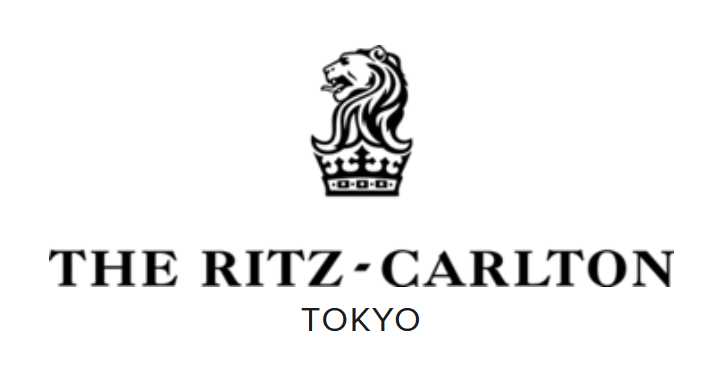
The Ritz-Carlton, Tokyo is wrapped in windows, perched above the skyline, and deftly woven with elements of the East and West. Sleek lines and organic materials seamlessly merge with crystal and metal. Dining draws inspiration from Japanese tradition.
With an incomparable perspective on the city and a singular, moat-side setting just opposite the Imperial Palace gardens, the Forbes Travel Guide Five-Star Palace Hotel Tokyo is a haven of hospitality – serene and refined, and imbued with understated luxury throughout.
Paying homage to a legacy that dates back more than half a century, the multi-award-winning modern masterpiece is a sophisticated celebration of its country’s culture and a tribute to omotenashi – Japanese hospitality.
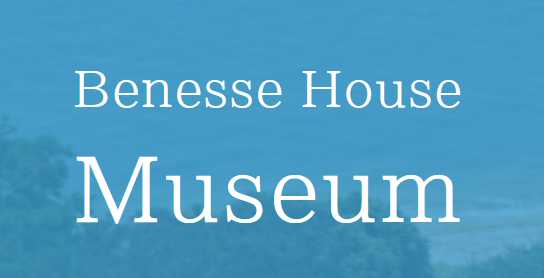
Located inside the museum, this hotel allows you to stay closest to the artwork. Drawings, paintings, prints, and other works by the artists in our collection are on display in each of the four different styles of guestrooms. The architecture is expansive and open, letting you feel nature all around you even indoors.

Built on a gentle slope and surrounded by the natural beauty of Setouchi, this is one of the rare wooden buildings designed by Ando. The guestroom verandas look out across the lush green lawn dotted with open-air artwork to the Inland Sea, with the mountains of Shikoku standing against the blue sky on the far shore. Inside, there are art spaces created by the artists, an exclusive lounge for guests at Park, the Terrace Restaurant, shops, and the Park Hall, which is capable of accommodating up to 120 guests.
Tour Includes
Tour Price Includes:
- Accommodations for five nights based on sharing a room
- Tokyo: Ritz-Carlton Tokyo - 2 nights
- Benesse Art Site: Museum Hotel or Park Hotel
- Daily breakfast and additional meals as indicated (four lunches and five dinners)
- Arrival airport transfers by private car (Tokyo Haneda or Narita)
- All internal trains and buses for the tour, including riding on Japan’s famous Shinkansen “Bullet train” in Green Car (first class)
- Coach airfare for transfer from Takamatsu to Haneda at the tour's conclusion
- Baggage shipping for one bag per person from Tokyo to Naoshima Island
- Informative commentary by an Esprit tour leader who is fluent in Japanese, using our unique radio headset system.
- All admissions and local transportation
Single supplement information is available upon request.
Singles are limited.
Twin beds are the norm in Japan for a double room.
Note: The itinerary(s) will be finalized approximately 30 days prior to departure. Artist visits are subject to availability and the schedules of our Japanese colleagues. A final itinerary will be sent to you about two weeks prior to departure. The itinerary and visits are subject to change at any time.
